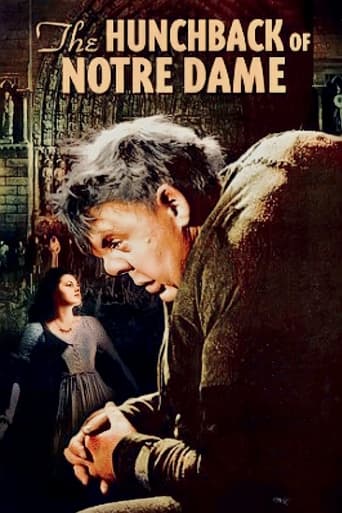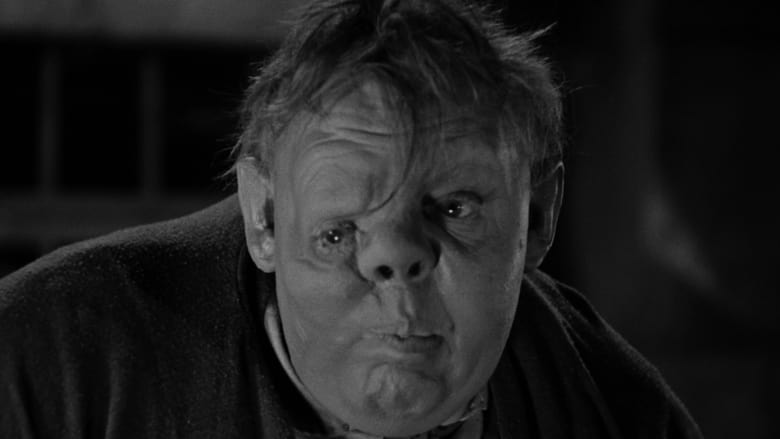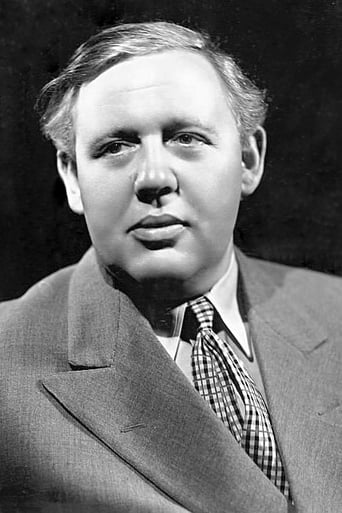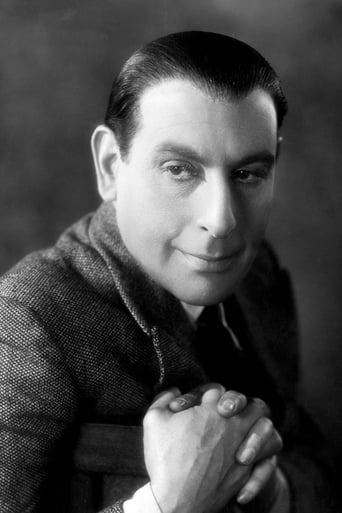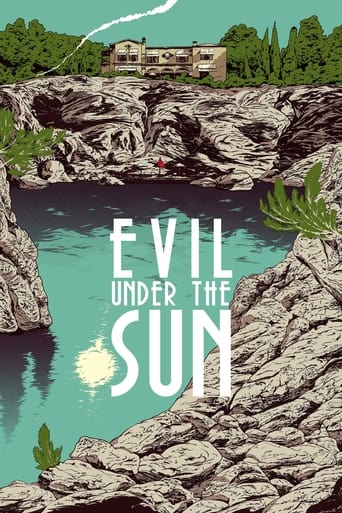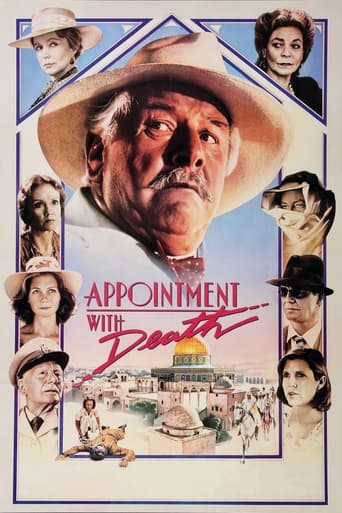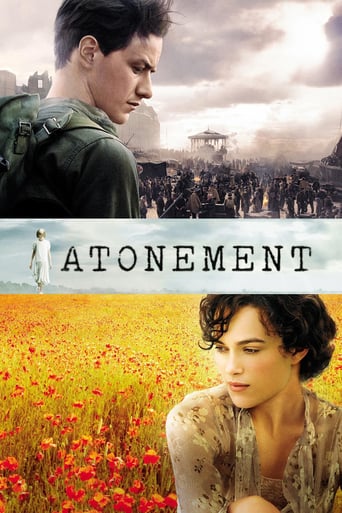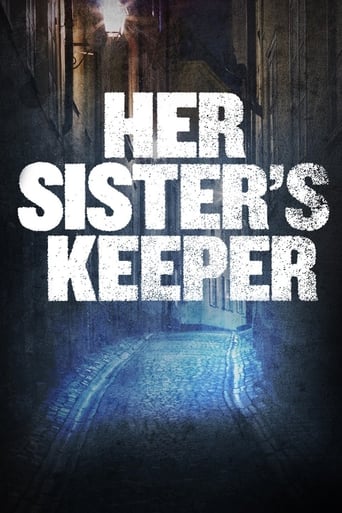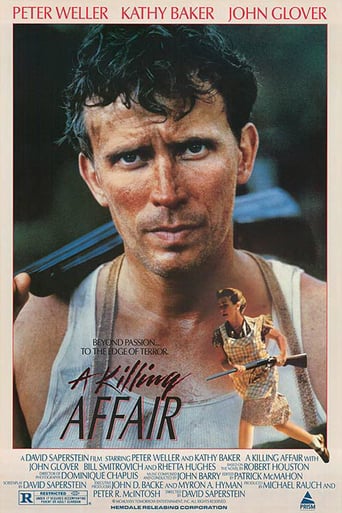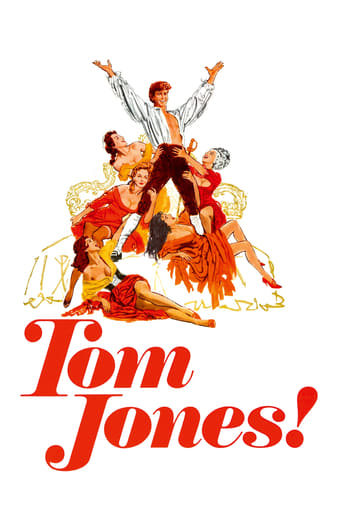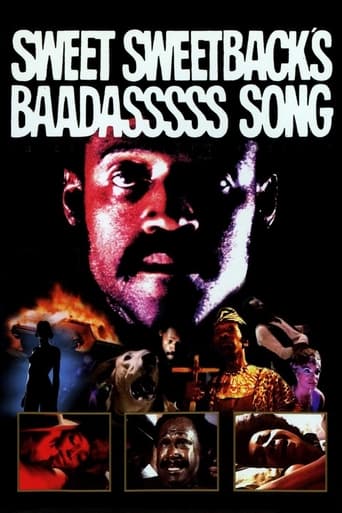The Hunchback of Notre Dame (1939)
Paris, France, 1482. Frollo, Chief Justice of benevolent King Louis XI, gets infatuated by the beauty of Esmeralda, a young Romani girl. The hunchback Quasimodo, Frollo's protege and bell-ringer of Notre Dame, lives in peace among the bells in the heights of the immense cathedral until he is involved by the twisted magistrate in his malicious plans to free himself from Esmeralda's alleged spell, which he believes to be the devil's work.
Watch Trailer
Cast


Similar titles
Reviews
Wonderful character development!
Save your money for something good and enjoyable
Just what I expected
There is, somehow, an interesting story here, as well as some good acting. There are also some good scenes
There's a theory I've invented, called "Humphrey Bogart-itis". Humphrey Bogart-itis dictates that whatever performance you first watch of an actor will mark how you see him or her forever after. Humphrey Bogart, famous for his gangster and detective films, played the nice guy in The African Queen. Since The African Queen was the first Humphrey Bogart movie I ever saw, I always think of him as being nice and sweet. The first Charles Laughton movie I ever saw was The Hunchback of Notre Dame. Even though Charles famously played such villains as Captain Bligh, Inspector Javert, Captain Kidd, and King Henry VIII, I always think of him as Quasimodo. To me, Charles Laughton is pitiful and lovable, and I always want to reach into the screen and envelop him in a big hug.Disney patterned their drawing of Quasimodo after Charles Laughton, and when you watch this 1939 version-there have been quite a few remakes-you can see the numerous similarities between it and the cartoon. Cedric Hardwicke plays the cruel, cold Judge Frollo, and a seventeen-year-old Maureen O'Hara plays the wild but loving Esmerelda. Charles Laughton discovered Maureen and helped her get the part, adding an extra sweetness to their scenes together. Just as in the cartoon, there's a Clopin, played by Thomas Mitchell, and a Phoebus, played by Alan Marshal. The order of scenes is nearly identical, but there's an added sadness the cartoon understandably chose to cut: Quasimodo is deaf.If you watch five minutes of Charles Laughton's performance without bursting into tears, you've misplaced your heart. It's one of those performances, like Robert De Niro in Awakenings, Sean Penn in I Am Sam, and Shirley Booth in Come Back, Little Sheba, that reduces you to a puddle within minutes. In itself, The Hunchback of Notre Dame is a heart-wrenching story, but Charles's incredible performance makes it one of the great classics of the silver screen, and certainly the most famous film adaptation of Victor Hugo's novel. As you might expect, since the Academy snubs better performances than it awards, Charles Laughton wasn't even nominated for an Oscar for his performance. You may have already seen the famous "Sanctuary!" scene, and while I'm sure that scene brought tears to your eyes, I highly recommend you watch the full movie to make good use of that box of Kleenex going to waste on your coffee table.
Some years ago I saw the silent version of this story, starring Lon Chaney, Sr. in the title role of Quasimodo, and was completely taken with it, although I have to confess to not being particularly familiar with Victor Hugo's novel. This, of course, has a very different feel than a silent movie would have, and for sheer entertainment value I have to say that I preferred the 1923 version more. Having said that, I wouldn't at all want to suggest that this is anything other than a very good movie. Probably because of voice, it offers greater reflection on a variety of issues that were present in the 1923 movie (and, presumably, in the novel) but were less fleshed out just because of the medium.From the very beginning we're introduced to racism (or, at least, nationalism) as it's revealed that gypsies have been forbidden to enter Paris without formal permission. Some do make it in, of course, including Esmeralda (played by Maureen O'Brien), who becomes the main engine who moves the story forward, as she's either pursued or admired by a variety of men, including the Hunchback. There's the issue of sanctuary introduced, as both Esmeralda and the Hunchback enjoy the protection of the church. How many limits can be placed on the concept of "sanctuary" - and, if any limits at all are placed on it, is there really a concept of sanctuary? There's the obvious reflection on class struggles in 16th century Paris, as the nobility, the townspeople and the beggars find themselves clashing - ironically in the case of the latter two, who were really fighting for the same thing: the enforcement of sanctuary, which also gives us an introduction to the problem of a mob mentality, as people begin to be fighting for the sake of fighting. What's the role of the King (Louis XI, played by Harry Davenport) - a thought that came to me as the nobility prepared a document to "force" the King to have Esmeralda executed? Do they consider themselves above the King? 16th century France was not a constitutional monarchy like, say, 21st century Britain. If the King could be so easily controlled by the nobility then what was the purpose of having a King? And, of course, in the depiction of the relationships between Esmeralda and her various interested suitors, there are a variety of takes on love and what it means. As I said, most of this was present in the 1923 version, but could be fleshed out more fully in a "talkie."I enjoyed Charles Laughton's performance as Quasimodo. For me, Laughton's signature performance will continue to be Captain Bligh from 1935's "Mutiny on the Bounty" but he handled this role well, and made Quasimodo a sympathetic character - as he must be if the story is going to work. It was a limited role in terms of dialogue, but he captured it well - perhaps not quite the equal of Chaney's '23 performance, but quite good. His makeup was effective, and I understand that Laughton took the role so seriously that he actually went to great lengths to experience some of Quasimodo's pain as scenes were being shot. O'Hara (who I know primarily from 1947's "Miracle On 34th Street") also handled the role of Esmeralda quite well. Davenport's take on Louis XI was interesting - not how I would have expected the King to be portrayed. Much gentler, kinder and more concerned with the lower classes than I think would have been realistic. The movie also featured Thomas Mitchell as Clopin (not as effective as Ernest Torrence in 1923) and Cedric Hardwicke as Frollo, who offered a dark and almost creepy take on Frollo.Deeper and more reflective than the silent version, I still felt that it fell short of that version in entertainment value, but it's very good nonetheless. (7/10)
This is easily my favorite film version of the Hunchback story. William Dieterle's direction is excellent and the cast is exceptional. Laughton, Hardwicke, Mitchell, Davenport are all first-rate actors who do a great job here. This is the film debut of Edmond O'Brien and the U.S. film debut of Maureen O'Hara. Both do fine alongside their more experienced co-stars. O'Hara is about as unlikely a gypsy as you'll ever see but the black & white helps hide that. The effects are okay but I wasn't terribly impressed. The body suit for Laughton is especially fake-looking in the scene where his shirt is ripped off. Not a horror movie, as it has often been touted. Unless you count someone having a deformity as being something frightening, which I do not.
Set in 15th Century France, the people of Paris are bound by ignorance and superstition. They fear what they don't understand and react in anger towards those who are different than them. "Esmeralda" (Maureen O'Hara) is a beautiful Gypsy who yearns for justice for her people. "Quasimodo" (Charles Laughton) is a hideously deformed, dim-witted and deaf bell-ringer who resides in the Cathedral of Notre Dame and seldom ventures outside. When both of them are wrongfully accused of crimes it causes a stir among the Parisians. On the one side is the Chief Justice named "Frollo" (Cedric Hardwicke) whose cowardice for not protecting Quasimodo is exceeded only by his lust for Esmeralda. So he uses his office and his person to destroy that which he cannot have. Anyway, this film is both deep and intricate and involves issues of injustice, cruelty and class warfare. It was nominated for 2 Academy Awards and should appeal to those who enjoy good classic movies of this kind.

